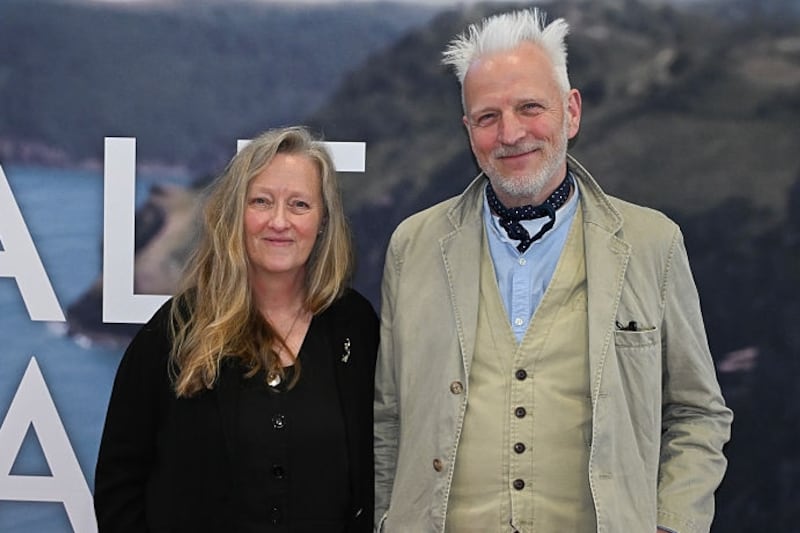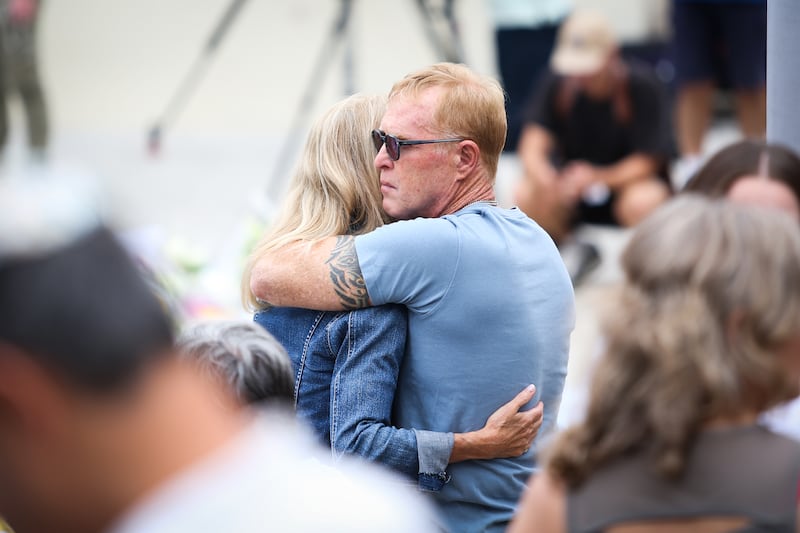I read somewhere, “there is no greater disability in society, than the inability to see a person as more”, but what about the inability to see yourself as more than the disability?
I have personally experienced this for a long time – even though my disability and wheelchair are all I have ever known. A professional said to me a few years ago: “See the person not the wheelchair.“
This jarred with me as for a long time I wanted my chair to cover me and act as a shield in some way.
My physical disability made me feel like I was not seen for my true self because of my body and what it can’t do. A negative self-image feeds into low self-esteem and how much you feel you are worth and valued. I started to feel worthless, to doubt my very existence. There was always something bubbling beneath the surface.
Kneecap at 3Arena: A rambunctious and humorous set with heartfelt moments
From TY project to €200,000 turnover: how a Dublin teenager built a global haircare brand
The Salt Path Scandal review: A remarkable tale pieced together using old-school gumshoe journalism
In Pictures: Bondi Beach after the Hanukkah gathering massacre
With a lot of support, I stopped comparing myself to everybody else. When we compare ourselves to others, we self-hate. We are all unique. Now I focus every day on what I can do, learn, achieve and create.
There is a dark underbelly to introducing ourselves with a kind of shorthand. When labels go wrong, they can lead to stereotypes. Perception becomes more about the experiences accumulated by the people you are talking to, rather than anything that they may or may not know about you personally or the challenges you encounter daily.
And let’s face it, there is a staggering negative perception and attitude around disability.
The strength, mentally and physically, it takes every day to live a life with cerebral palsy is immense. If it’s a job or just a visit to the shop. Everything asks more of you, and you learn how to deal with that. It’s not easy, but people notice it and they will respect you for that. But ultimately it starts with you. Although I won’t lie, sometimes when people are rushing to assist you with personal tasks or professionals are asking totally inappropriate questions, I do wonder does it say more about them than me.
In saying I have a disability it does not mean spending my day lying in bed watching TV. In fact, my life is about a hundred times more physically and mentally challenging. Daily I struggle with the balance of finding the fine line between doing tasks myself to the point of physical exhaustion to be self-reliant. I have had to learn so many more skills than I ever thought I would need in order to survive.
Every day, I try to achieve goals – although minor to others, enormous to myself. I cope with all the responsibilities that come with life: managing finances, meeting deadlines, as well as organising the people who assist me with my daily challenges.
Disability pride, a term being used now, is about promoting a different understanding of “disability” beyond the medical model. Historically, the medical model of disability presented as a problem of the person, directly caused by trauma, disease, or other health conditions, which required sustained medical care. Little or no contact was made between these children and children or peers in their community. As a result of this isolation, it was believed that people with different intellectual and physical abilities had different educational needs and they were more socially isolated.
The management of this problem within the social model of disability requires social action and cultural, individual, community and large-scale change. The development of international and national policies and laws gives guidelines and support to develop “best practice” in providing inclusive environments and processes. However, while these have certainly aided the educational side of things, much more needs to be done.
If you’re reading this and you can relate to the anxiety of this happening, please don’t hide. You will get stronger, I promise. It might take some time and you might have to fake it for a while, but don’t allow some sheltered individual to ruin your happiness and make you doubt yourself.
It’s important parents do not “bubble wrap” their children as it will make them think they can’t go out there and “do things”. Disability pride means you take pride in your whole self, which includes your disability. It means you understand your limitations, including chronic pain or illness, but accept and love who you are. The view is to create a new positive narrative about the contribution of disabled people in the workforce and the wider community.
We need to appreciate that each person is more than just how he or she looks on any given day. We’re complex and constantly changing. I learned to focus on what’s unique and interesting about myself. I quickly realised that you could possess heart, passion, power and patience, irrespective of whether you have the full use of your body or not.
Surely in 2023, when there are so many advancements in the world, there should be a wider understanding of disability. And, for people with all types of disabilities, our inclusion in all aspects of society – regardless of differences.












